A Brief History of Scottish Wedding Traditions
Whether your groom wants to pay tribute by wearing the tartan kilt or a tying the knot ceremony incorporating Scottish wedding traditions can leave a memorable impression on your wedding guests. Scottish wedding traditions are varied due to their region of origin and can be eclectic but keep in mind there will always be deep historical context to each Scottish tradition.
As I worked and traveled throughout Scotland documenting and capturing elopements and intimate weddings, I came across various traditions. Some that I’ve seen variations incorporated into American weddings and other’s that left me perplexed and taking a trip through various rabbit holes of articles to unearth ancient origins. I was always fortunate enough to have a piper willing to give me brief definitions to each custom and my American ignorance was forgiven.
When I was home, I was able to trek the myriad of online rabbit holes dedicated to tracing each Scottish wedding tradition’s origin and found that each custom seemed to align with aspects of the couple’s story or character. While the Scottish can trace most of these ceremonial acts from Celtic wedding traditions the introduction of Christianity created a melting pot of cultural influences all playing a grand role in how the Scottish create and celebrate a wedding.
So maybe you’re a groomsman or bridesmaid in an upcoming Scottish wedding and you want to thoroughly understand what will be happening or maybe you’re a bride wanting to incorporate your heritage into your nuptials. Or perhaps you share the same curiosity as myself and value the customs of different cultures and you feel honored that a couple would want to include you in witnessing their unique wedding then the least you can do is take the time to understand what is happening.
Images by Brittany West Photography
The Oathing Stone
This is a Scottish wedding tradition with Celtic roots, a stone is used to metaphorically “set their vows in stone.” The wedded couple would place their hands on a stone as they recited their vows, the stone had deep symbolic meaning in a time before wedding rings were available to the Celtic tribes. It was believed by these early Scottish inhabitants that their ancestor’s spirits lived on through the natural elements of the earth and therefor holding a stone while speaking their vows anchored their commitment and enduring love for one another into the land and the spirit world.
As the ancient Romans displaced paganism and Christianity became the accepted faith, the oathing stone was replaced with symbolism from the Catholic Church. Modern wedding celebrants have started compiling Christian traditions (such as exchanging wedding rings) with Celtic rituals like an oathing stone in humanist wedding ceremonies as weddings have become less religious in Scotland.
Modified variations of the oathing stone ritual are incorporated in weddings across European regions and some locations with higher concentrations of individuals with Scottish ancestry in the U.S. These couples more often use the oathing stone as a representation of the strength of their commitment to one another instead of connecting with their ancient Celtic family members. Instead, the most popular variation allows the living family in attendance of their wedding to participate by passing the stone throughout attendees and ingraining the stone with well wishes and luck before it is given to the couple to cite their vows and cast their for love for each other into the stone.
Personalization of the oathing stone is common in present times, usually engraved with the couple’s name and wedding date or painted on to include marriage symbols or themes used throughout the wedding.
The Quaich Cup
A two handled, silver cup that is called a quaich is used as the couple’s first communion as a wedded couple and also the symbolism of two people drinking from the same cup represents the joining of two clans. While it is common for the bride and groom to use this vessel during their wedding ceremony or Scotland elopement, it is passed to the parents of the couple after the reception to sip in modern times. In the 1600 a quaich would be made of wood but now they are made of either pewter or silver and is referred to as the “love cup,” as both people drinking from it have a shared hope. When Clans had governing power over Scotland the bride and the groom would first drink from the quaich and then pass them to their clan leaders to drink from, post covid couples like to keep the quaich reserved for them on their wedding day.
A quiche is also an exclusive utensil to Scotland as a materialization of friendship between two companions and were commonly offered by the Highlanders to visitors carved from solid pieces of wood, scallop shells, or oxhorn. Other rituals that use the quaich in Scotland is christening of an infant with holy water or as a trophy for sporting competitions incorporating Scottish heritage such as Highland games.
The Wedding Piper
A Scottish wedding is not complete without a piper playing traditional Celtic music as the bride walks down the aisle with her father. The sound of the pipes is said to ward off evil spirits and allow good luck to enter the nuptials. While this is a very important role in the ceremony, it was not always given such high esteem. In the past, the piper was more of an afterthought and their role in the ceremony would be decided last minute. This is due to the fact that only certain classes of people could afford to have a piper play at their wedding. Nowadays, anyone can have a piper play during their wedding and is considered good luck.
The bagpipes can be played at the in and out wedding processional for the bridal party, for the receiving line after the ceremony or as entertainment for the guest at the reception. Popular music that a piper will play at a Scottish wedding includes songs like: Highland Cathedral, Rowan Tree, Flower of Scotland, Highland Wedding, The Green Hills of Tyrol, Murdo’s Wedding and Bluebells of Scotland.
Tying the Knot or Handfasting- What is a handfasting ceremony?
Tying the knot is a phrase that is a universally understood expression that is referred to getting married, this isn’t news but what is interesting is the history behind the phrase. In the medieval era of Scotland-handfasting or tying the knot was a symbolic ceremony to begin the betrothal time or premarriage period so that the couple could bond before the wedding ceremony. But this ceremony predates Christian dominating Europe and is hundreds of years old and has legal authority in Celtic Scotland. The wedding officiant would use strips of tartan fabric or ribbon to wrap around the hands of the couple during the ceremony, after the ceremony the couple would wear the fabric for one year and one day during their “trial marriage,” then the couple could decide if they would like to make their union permanent.
In present times, handfasting ceremonies have become increasingly popular with both religious and nonreligious couples, commitment ceremonies, eloping, and the LGBTQ community. It’s a ceremony that can have an amount of personalization and elements of symbolism that reflect on the relationship of the couple. There are different handfasting knots and colored cord used in the ceremony to indicate a theme or certain significance to the relationship of the couple. Humanist wedding officiants, often referred to as “celebrants” are experienced in knowing how to tie these knots and knowledgeable about the context of the hues of the handfasting cord.
Having a handfasting ceremony with “tying the knot” might be a better alternative for couples getting married in an area that doesn’t allow open fires, in areas of drought, or windy locations. Glastonbury music festival, Game of Thrones, and my favorite movie-Braveheart have contributed to the popularity of handfasting and have added a theme of spiritualism and romanticism for couples that choose to add it to their wedding ceremony.
Types of Handfasting Knots: Ribbon is a common material used for it’s delicacy but cord is the most popular for its strength and ability to show the structure of the knot. With every handfasting knot the material used should be about a yard in length and many couples use a three stranded braided cord for the reference to the Bible verse “Though one may be overpowered, two can defend themselves. A cord of three strands is not quickly broken.” -Ecclesiastes 4:12 Sometimes the couple decides to choose the material and colors of the hand fasting ribbon or cord to reflect the aesthetic theme of their wedding.
The Knot of Hercules- A knot that was believed to be used by the Greek hero to bind two broken columns together, this knot symbolizes strength in a relationship.
The Trinity Knot- A three stranded braid that is also called the Lover’s Knot because it resembles a heart shape and is often used in engagement and wedding ceremonies.
The Celtic Love Knot- A knot with no beginning or end, this symbolizes the infinite and eternal nature of love.
The Fertility Knot- A knot with six loops that is tied in a figure eight, this is a knot that is often used in baby showers or when a couple is hoping to start a family.
The Celtic Knot- A knot with three loops that is also known as the Mother’s Knot, this knot is meant to represent the triple goddess of maiden, mother, and crone.
The Unity Knot- The unity knot is a exclusively Christian handfasting knot that combines, rope cord, or ribbon of three colors. White represents the bride, gold represents the groom and purple represents God. The three colors are then braided together them wrapped around the couple’s hands during the ceremony.
The Wrap Knot- During the tie the knot wedding ceremony the couple faces each other, touch hands holding one on top of the other either holding each others wrists or touching palm to palm. The officiant or family members of the couple then takes the handfasting cord or ribbon and wraps it around both of their wrists, going over the top hand and under the bottom hand. The officiant or designated family member then makes a loop with the cord or ribbon and brings it back up through the hole created by the wrapped cord with no cord or ribbon left dangling.
The Wrap Knot with Release and Pull-Adding the “pull” at the end of a handfasting ceremony is a fun addition for the couple. After the cord or ribbon is wrapped around the couple’s wrists and the loop is created, the officiant/family member holding the cord gives it a little tug as they say “And so with this knot I do thee wed” The newlyweds then give a good firm pull on the cord to release their hands from the knot.
The Fisherman’s Knot-(also referred to as the True’ Lovers Knot) is a knot created by sailors to show their loved ones that they will be returning home to them. It comprises of two overhand knots tied loosely and had significant symbolism between a sailor and the woman he loved. This symbol of a fisherman’s affection was sent back to his partner and there are multiple things that could be done with the receiver of the rope. The lady could untie it and send it back this meant that the sailor’s fondness wasn’t welcomed and would not be returned upon arriving home. If the woman sent the send it back as she received it the gentleman’s adoration would be welcomed as long as he was on his best behavior but if the knots were tightened and returned it was a request for the sailor to return to her as soon as possible.
The Sailor’s Knot- A knot that was created by sailors to show their loved ones that they are thinking of them while at sea.
The Promise Knot- A knot often used in proposal ceremonies, this knot is meant to represent the eternal nature of love
The Gordian Knot- A knot that was used to secure the yoke of an ox to a plough, this knot is about strength in work and cooperation.
The Covenanter’s Knot- A knot that is tied with two loops and used in 16th and 17th-century Scotland as a symbol of covenant or agreement. This knot was used by Scottish Presbyterians who didn’t believe in the king having any authority over the church.
The Thief’s Knot-As the name suggests, this knot was used by thieves as a way to escape from captivity. The story goes that a thief was captured and put in chains, but he was able to use the Thief’s Knot to escape. This knot is a reminder that love can help us break free from our chains and be who we are meant to be.
Handfasting Cords Colors Meaning
White- representative of purity and new beginnings and grants the new union serenity, loyalty, and patience. Couples that use a white ribbon usually see their wedding ceremony as a “fresh start.”
Orange- an orange handfasting ribbon or cord binds the union joy, lively energy, acceptance, and warmth
Red- a red cord unites a relationship with a spirit of passion, health, determination and vigor
Pink- a marriage united with a handfasting knot of pink promises eternal love and the presence of romance and honesty
Yellow- like the yellow rose, a hand fasting cord of yellow represents friendship and enriches the couple with balance and harmony
Green-a coupling created under the handfasting colors of green are known to bring an abundance of growth, fertility and of course prosperity
Blue- couples that recite their vows under a ribbon of blue ask for fidelity, stability and share the hope of longevity for their relationship
Black-despite the moodiness the darkness of black incorporates an element of success and refined love into the couple’s marital bond
Brown- a cord of ribbon of brown binds a marriage with focus on the home, nurturing the domestic nature of the relationship and imparting healing into the union.
Purple- A cord of purple emphasizes a relationship with expectation of progress, respect for each other and deep loyalty
As the name suggests, this knot was used by thieves as a way to escape from captivity. The story goes that a thief was captured and put in chains, but he was able to use the Thief’s Knot to escape. This knot is a reminder that love can help us break free from our chains and be who we are meant to be.
Who ties the handfasting knot?
The handfasting knot is traditionally tied by the couple’s parents or other family members. In some cases, the officiant will tie the knot if family or friends are absent.
When is the handfasting ceremony held?
The handfasting ceremony can be held at any point during the wedding festivities, but it is typically done after the exchange of vows. A handfasting ceremony can also be held at a couple’s engagement and the dialog in the handfasting ceremony can reflect the intention of marriage and their dedication to each other.
Who can conduct the handfasting ceremony?
The handfasting ceremony can be conducted by anyone who is authorized to officiate a wedding, such as a clergy member, judge, or justice of the peace. In some cases, the couple’s parents or other family members may conduct the ceremony. Since the hand fasting ribbon ceremony isn’t recognized as a legally binding way to become a married couple so whoever presides over the knot tying ceremony is not required to hold a license but many officiants that marry people commercially will be licensed to officiate weddings to make your marriage binding.
Sixpence in Your Shoe
The sixpence coin is considered to be a lucky charm for weddings. In the past, it was customary for the bride’s father to give her a sixpence to put in her left shoe on her wedding day. This tradition is said to bring the bride good luck and prosperity but what is a sixpence? A sixpence is a silver coin that was used in the United Kingdom until 1980. It was worth six pence, which is why it got its name. In the U.S. some bride observing the tradition will just use a penny in place of a sixpence. The practice of placing a sixpence in a bride’s shoe came from the rhyme-
Something old, something new, something borrowed, something blue, and a sixpence in her shoe.
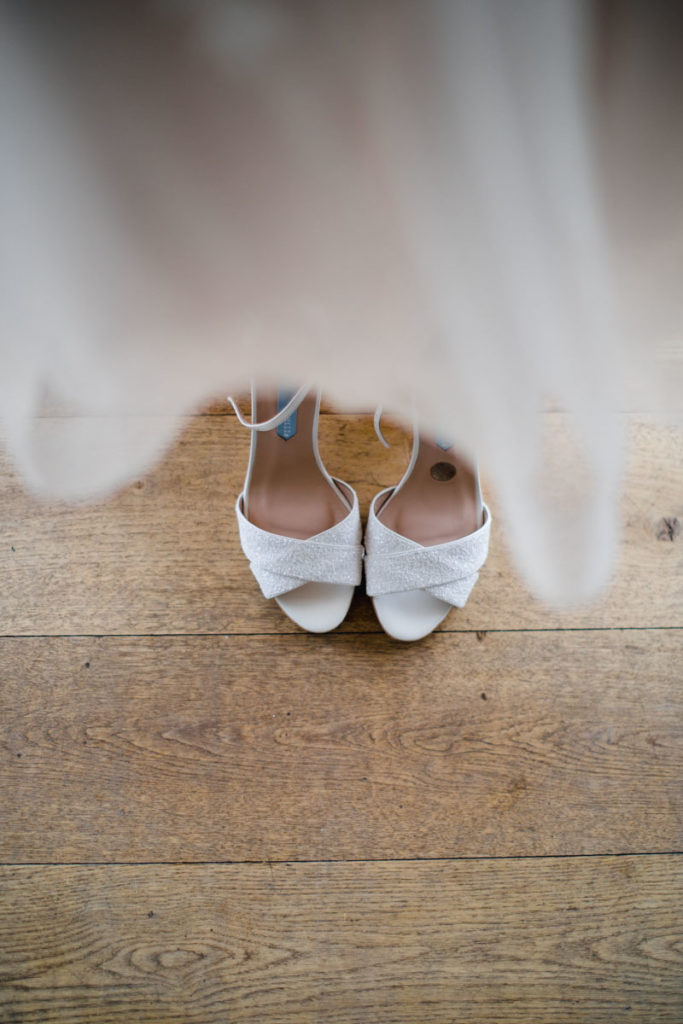
The Good Fortune of Heather
White heather is considered to be a lucky plant in Scottish folklore. In the highlands of Scotland purple heather grows in abundance but white heather is not easily found. For this reason, it was once considered to be very lucky to find a sprig of white heather. It is said that if you find a sprig of white heather and give it to your loved one they will have good luck. This belief in the luckiness of white heather goes back hundreds of years.
Thistles in the Wedding Florals
The thistle is the national flower of Scotland and has been used in Scottish weddings for centuries. The thistle symbolizes strength, courage, and perseverance and have been used in bridal bouquets since medieval periods and is also the national flower of Scotland.
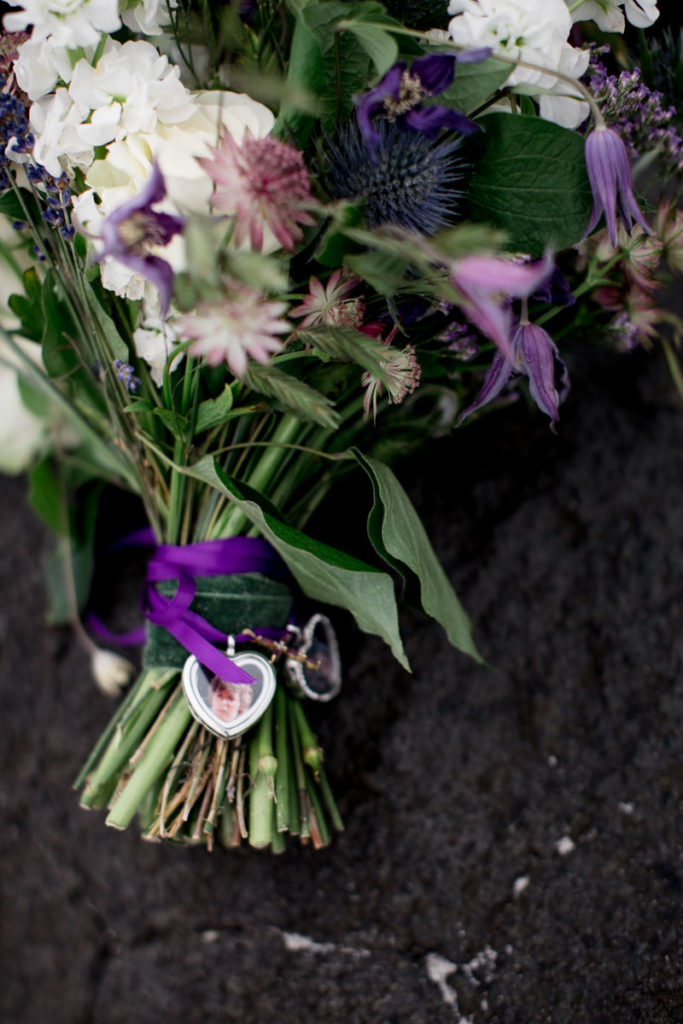
The “Wedding Scramble”
At the end of the wedding reception, it was customary for the bride’s father to toss coins as the bride and groom left and entered into their car or carriage. The children attending the wedding would scramble to pick up the coins to be granted financial good luck in the future.
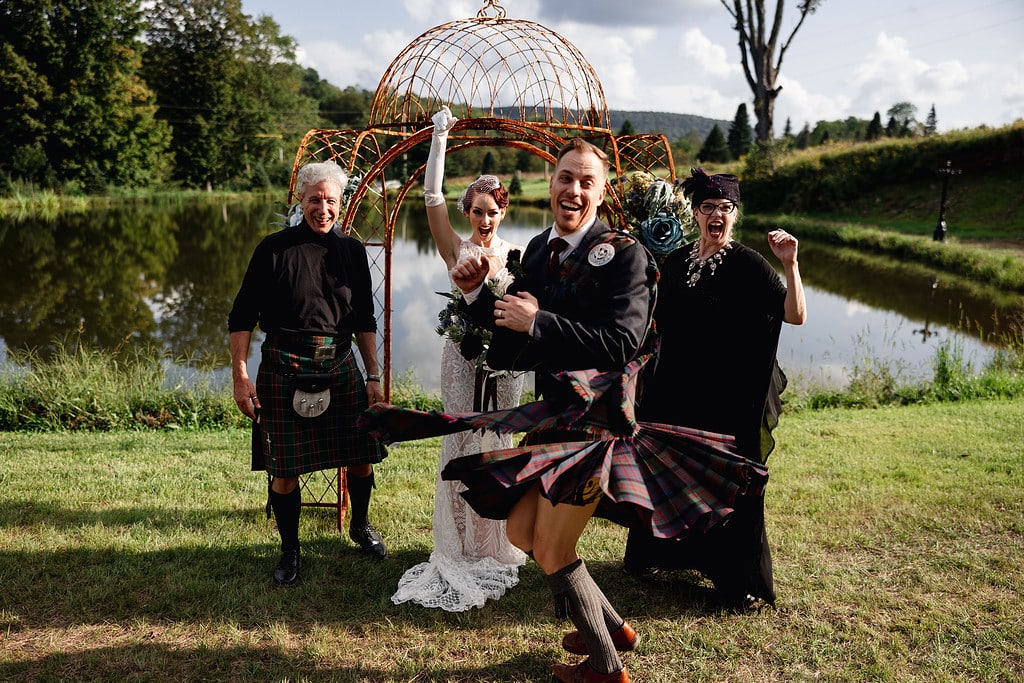
Priobairneach
Origin: Gaelic
Adjective
Sudden excitement
Scottish Wedding Rings
Luckenbooth Ring
The Luckenbooth ring is a traditional Scottish wedding ring that is made of two hearts intertwined with a crown. The name “luckenbooth” comes from the French word “l’espoulette,” which means “little brooch.” The luckenbooth ring was given to a bride by her groom on their wedding day while in her wedding dress and the small heart designs were originally seen on brooches that were meant to repel the evil eye, mischievous fairy spirits, and ill intended spirits.
When the Luckenbooth ring was a Luckenbooth brooch, after the wedding the brooch would be put away until the birth of the couple’s first child and then when the baby was christened the brooch would be pinned to the blanket or christening gown.
The Claddagh Ring
While the origin of this ring design isn’t from Scotland, the Claddagh ring is a very popular choice for Scottish couples. The Claddagh ring is an Irish symbol of love, loyalty, and friendship. The name “Claddagh” comes from the village in County Galway, Ireland where the ring was first designed.
The Claddagh ring features two hands holding a heart with a crown on top. The two hands represent friendship, the heart represents love, and the crown represents loyalty.
The Claddagh ring is worn on the right hand with the point of the heart facing inward to symbolize that the wearer’s heart is spoken for. If the ring is worn on the left hand with the point of the heart facing outward, it means the wearer is open to love.
The Scottish Wedding Blessing
The Scottish blessing is a traditional prayer that is often recited at weddings or given as a toast during the reception.
“May the road rise to meet you, may the wind be always at your back. May the sunshine warm upon your face; the rains fall soft upon your fields and until we meet again, may God hold you in the palm of His hand.”
It is sentimental and can be religious or nonreligious but almost all of the Scottish wedding blessings have Celtic origin and may be traced to pagan blessings.
“Blessed be this union with the gifts of the East.
Communication of the heart, mind, and body
Fresh beginnings with the rising of each Sun.
The knowledge of the growth found in the sharing of silences.
Blessed be this union with the gifts of the South.
Warmth of hearth and home
The heat of the heart’s passion
The light created by both to illuminate the darkest of times.
Blessed be this union with the gifts of the West.
The deep commitments of the lake
The swift excitement of the river
The refreshing cleansing of the rain
The all encompassing passion of the sea.
Blessed be this union with the gifts of the North
Firm foundation on which to build
Fertility of the fields to enrich your lives
A stable home to which you may always return.”
Fun Fact: Ever wondered what your groom’s men are supposed to wear under that kilt? Turns out the term “Going Commando” or ” Going Regimental” came from the Scottish Highland Regiments as it was customary to not wear anything under their kilts since the Scottish uniform military code excluded any information on undergarments with the kilt. It can be seen as unauthentic if a man wears boxers or briefs under his tartan kilt and “true Scotsmen” go bare.
It is said that when you travel, you change a little bit. You become a more well rounded person, become exposed to different ways of life and systems of values and free our mind of labels. To me, Scottish weddings reflect deep devotion, romanticism, and the adaptability for no two Scottish weddings being the same. Scottish wedding traditions are still a reflection of the past and are intertwined with the pagan wedding traditions of the country’s Gaelic and Celtic former self.
While the Scottish are mostly Christian there are still superstitions that are acknowledged, and Celtic marriage symbols are combined with pagan wedding traditions to make them uniquely Scottish. I have observed all of these traditions with curiosity and while you may decide to add one or two of these practices into your own wedding, it will no doubt bring with it the ability to become beholden by the moment.
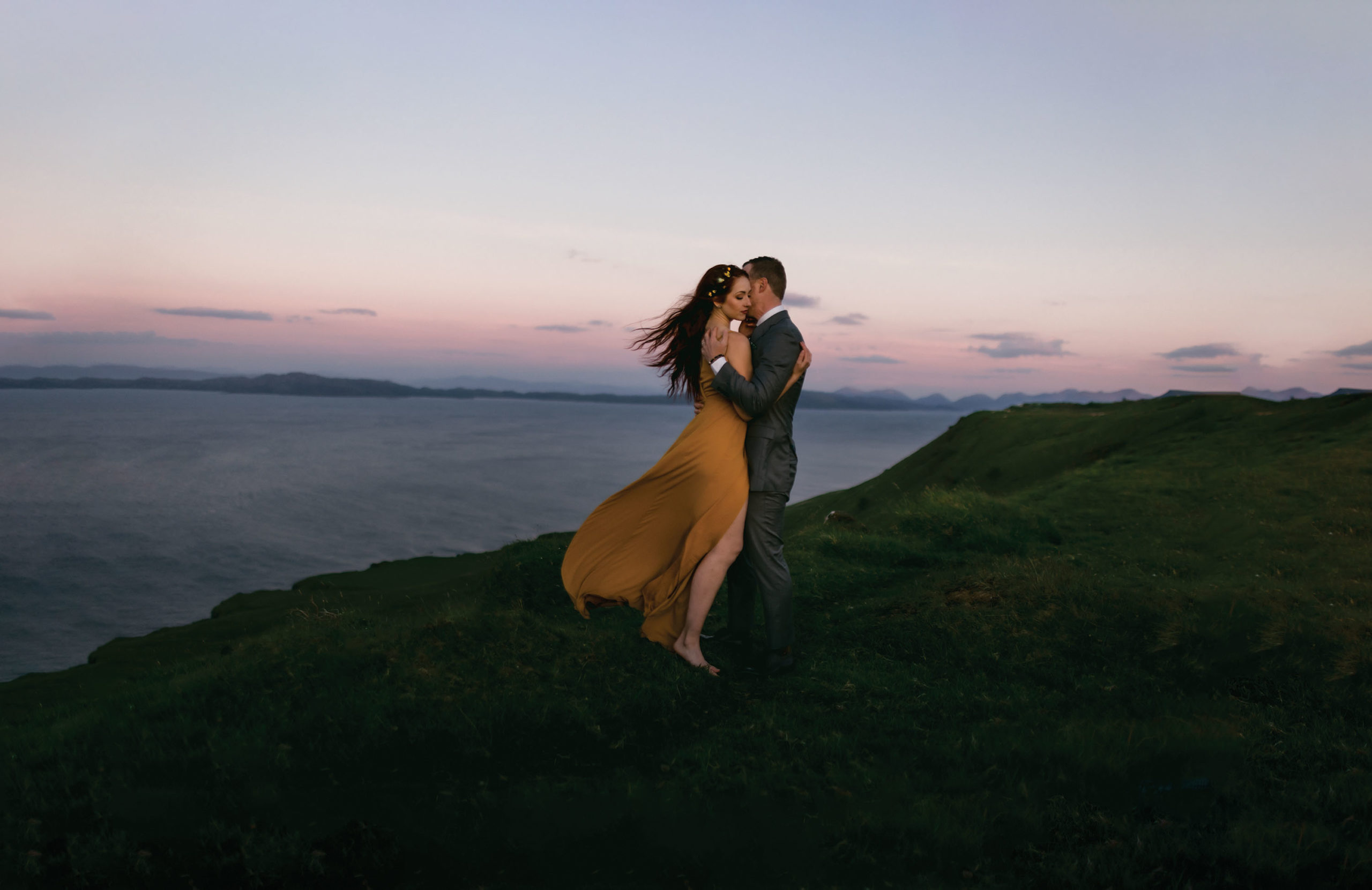
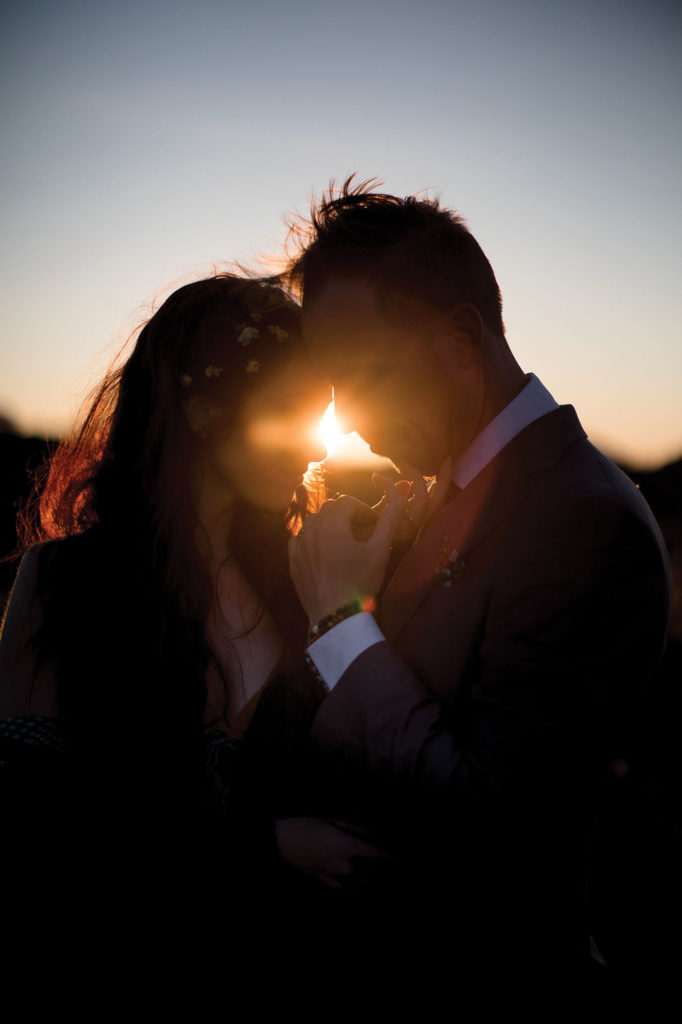
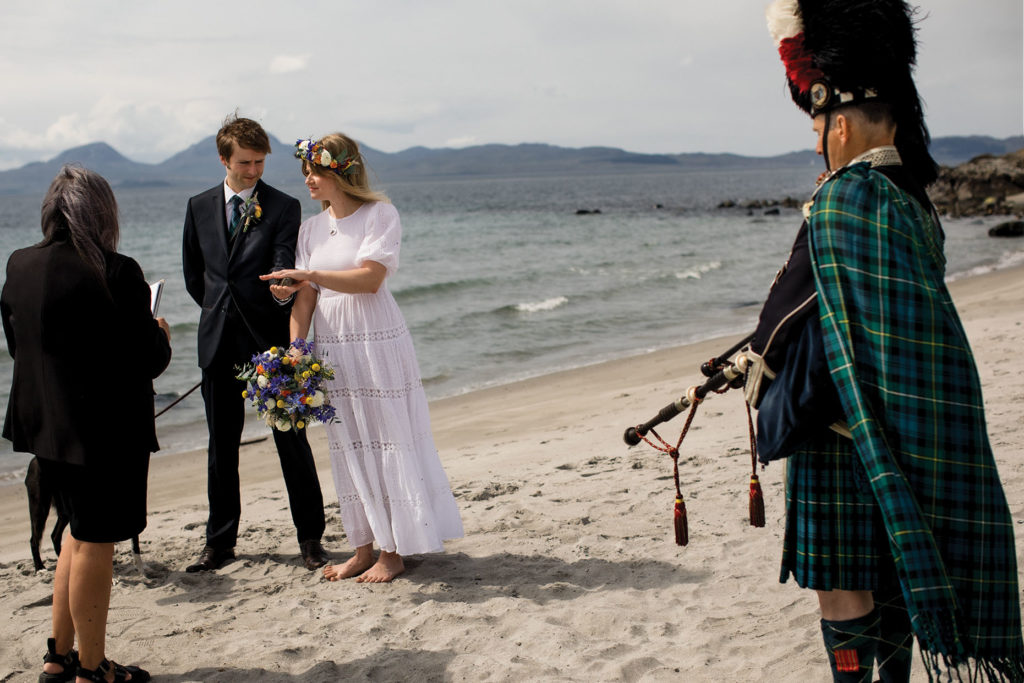
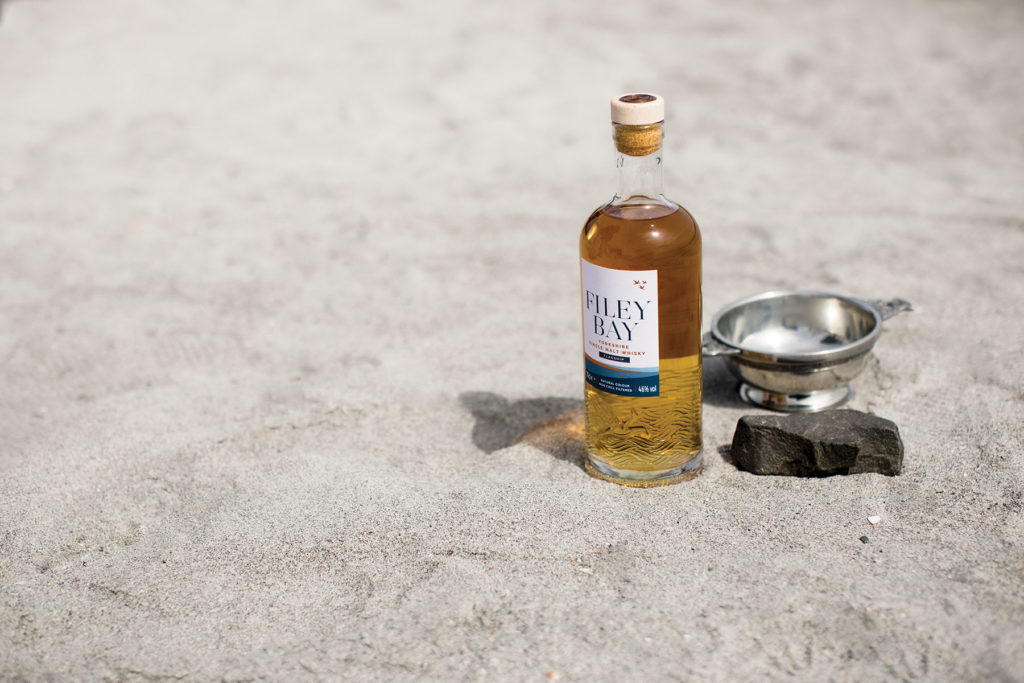
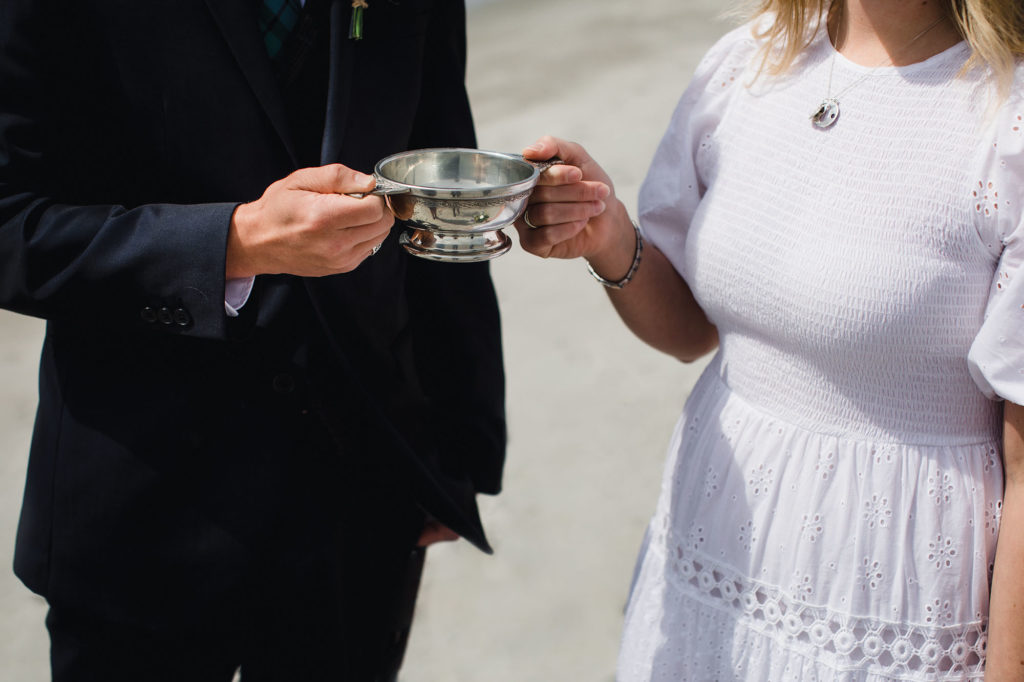

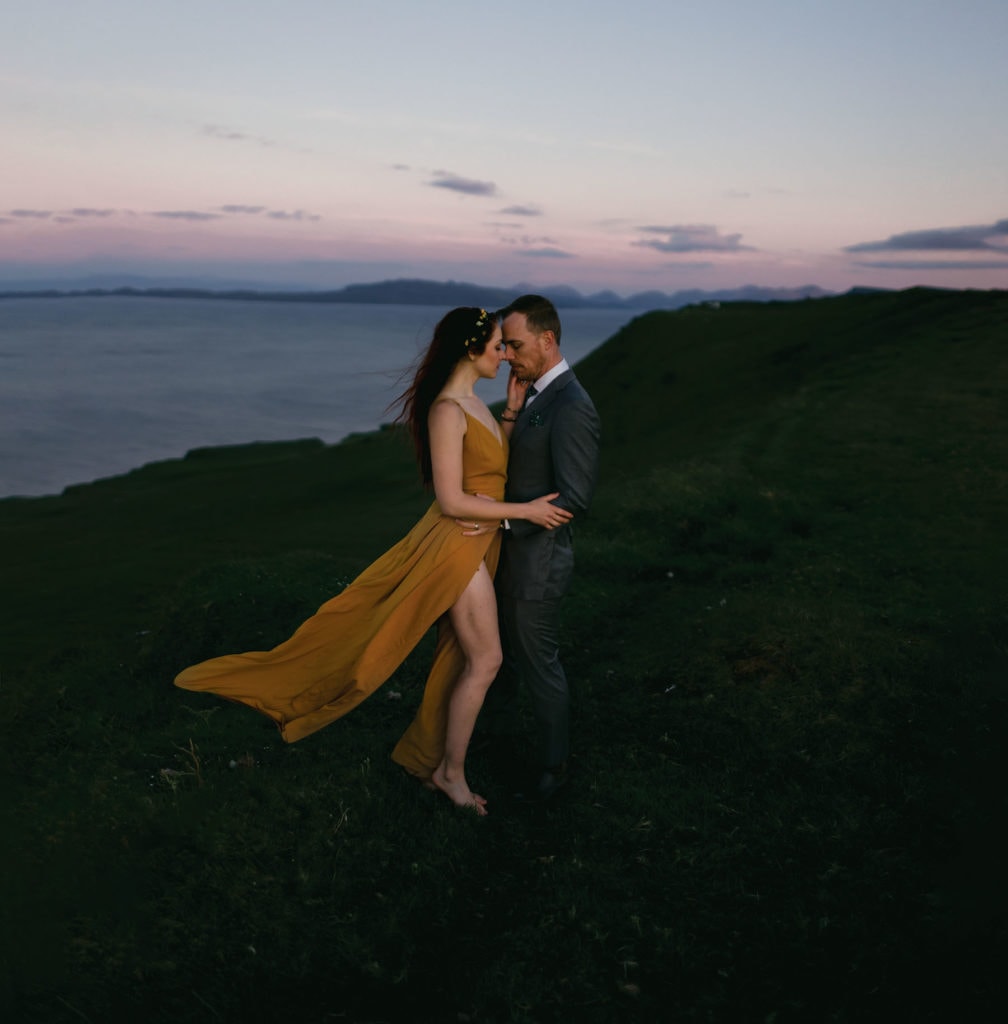
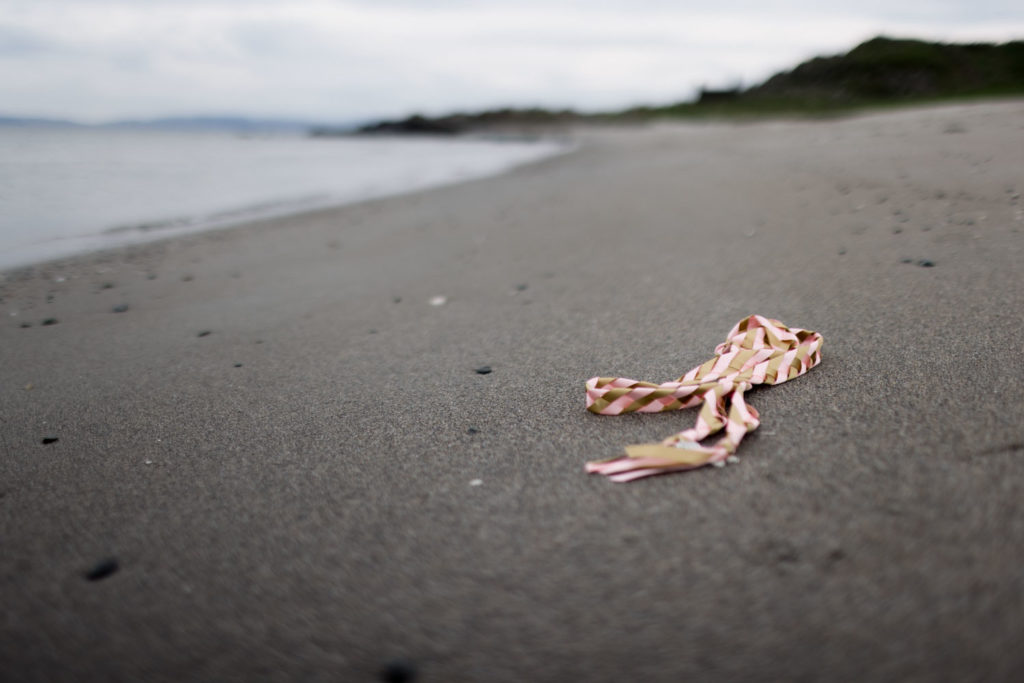
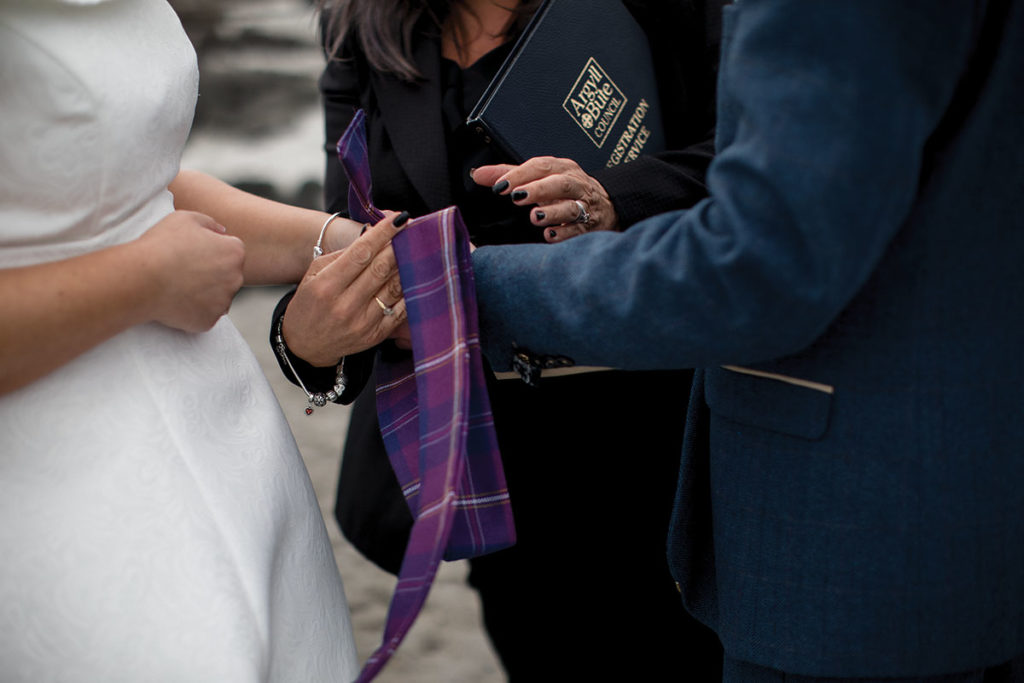
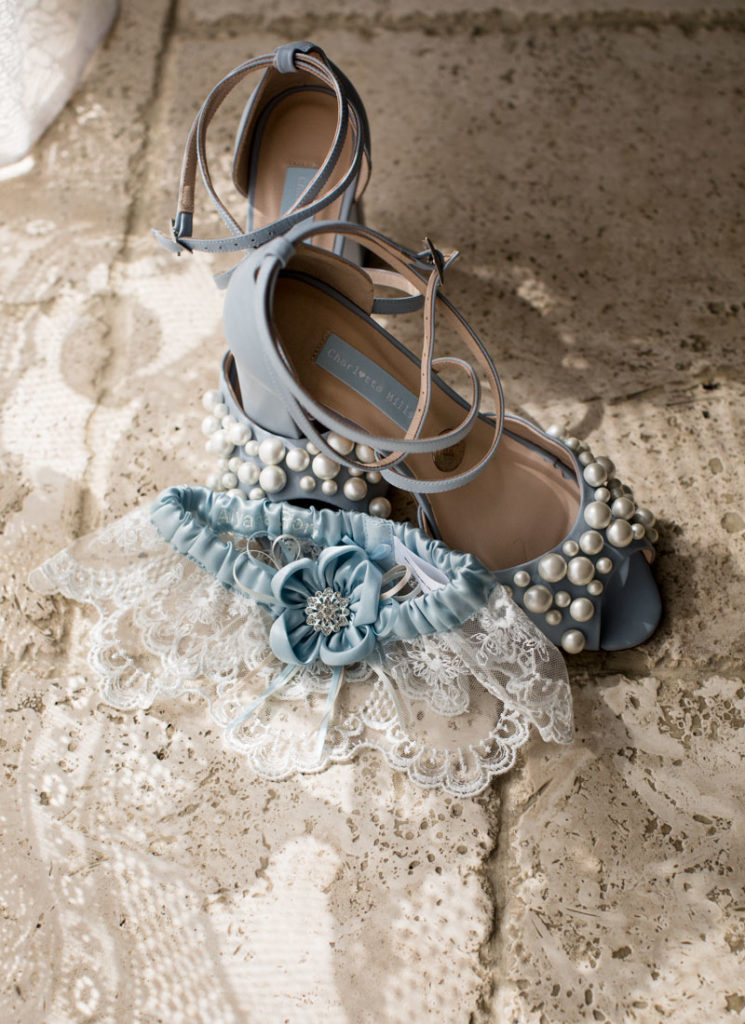
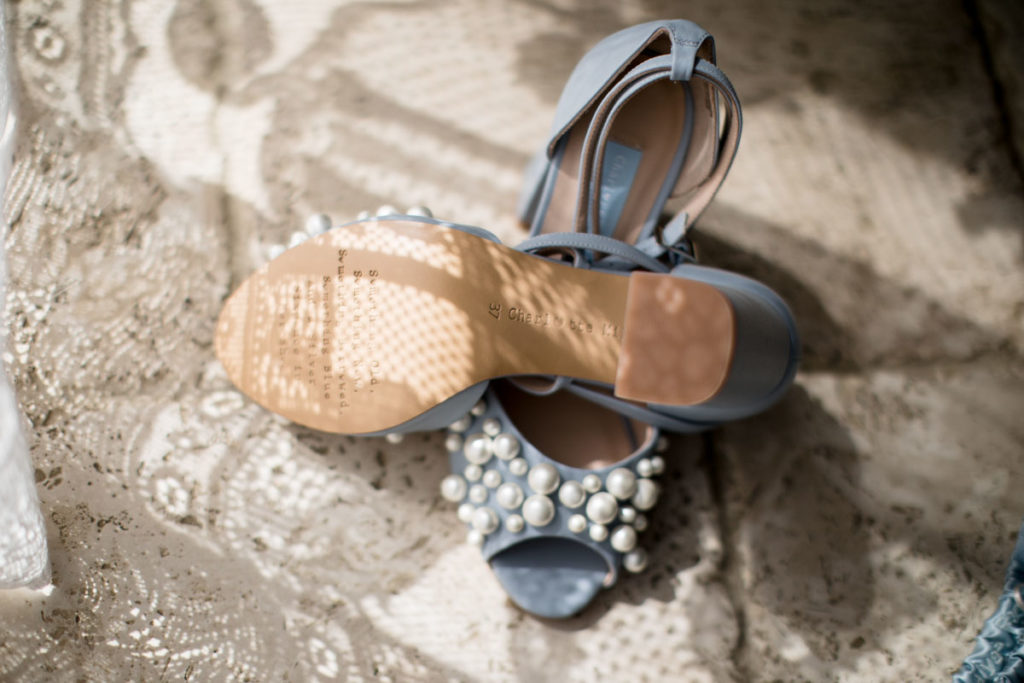
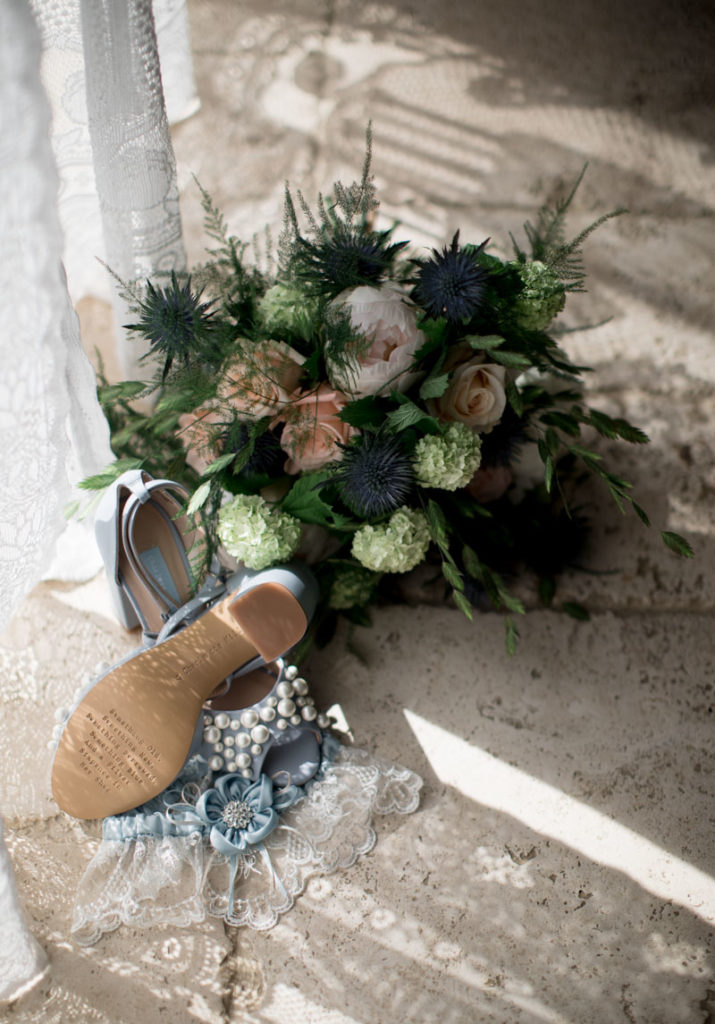
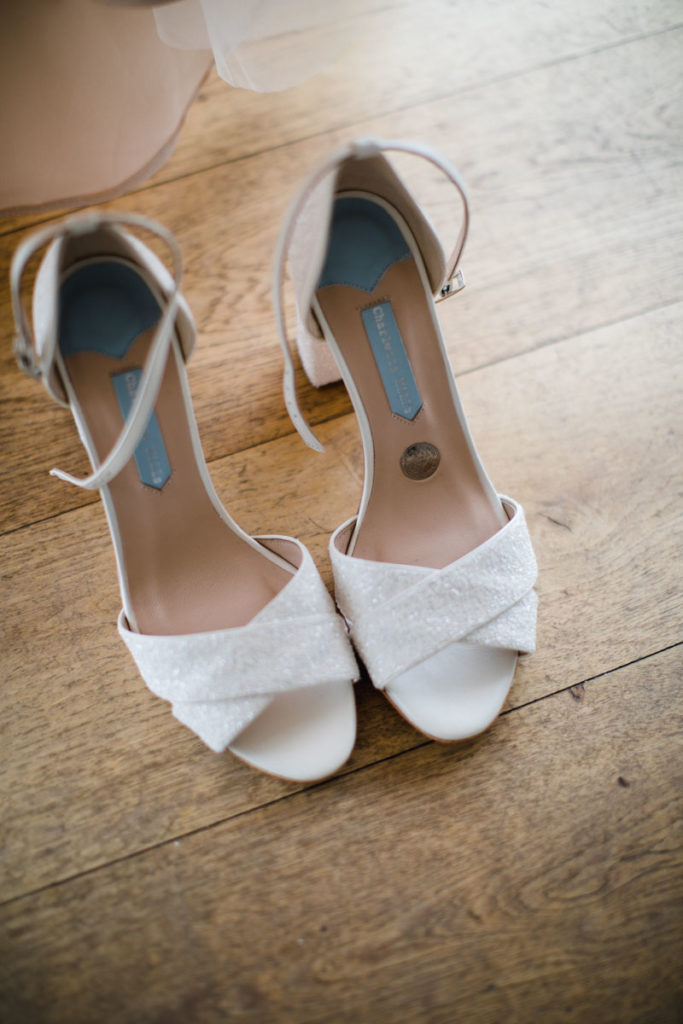
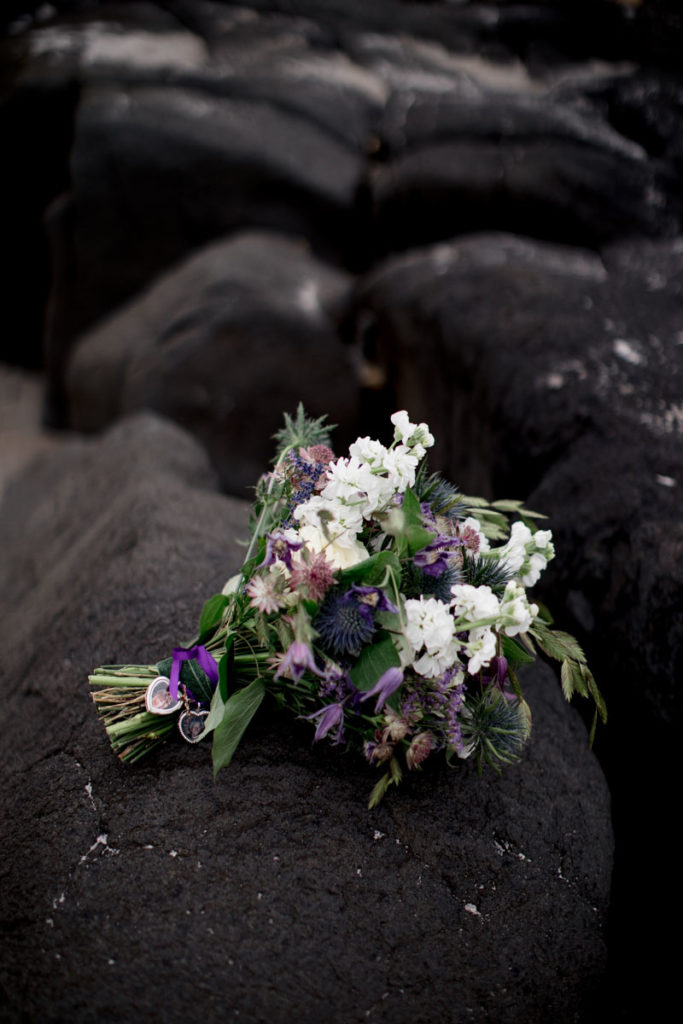

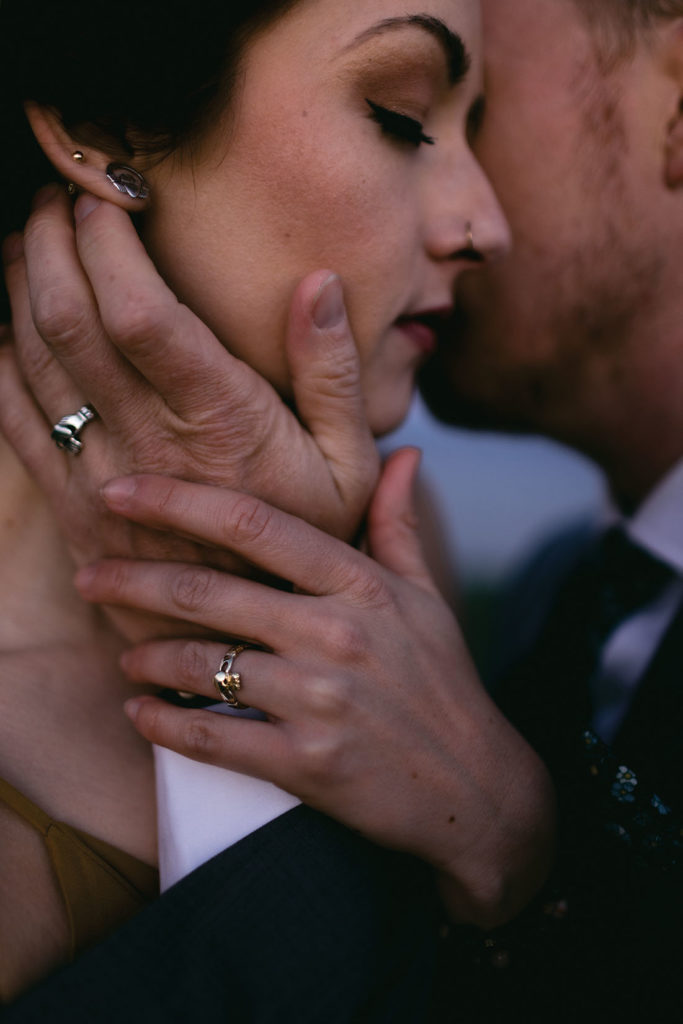

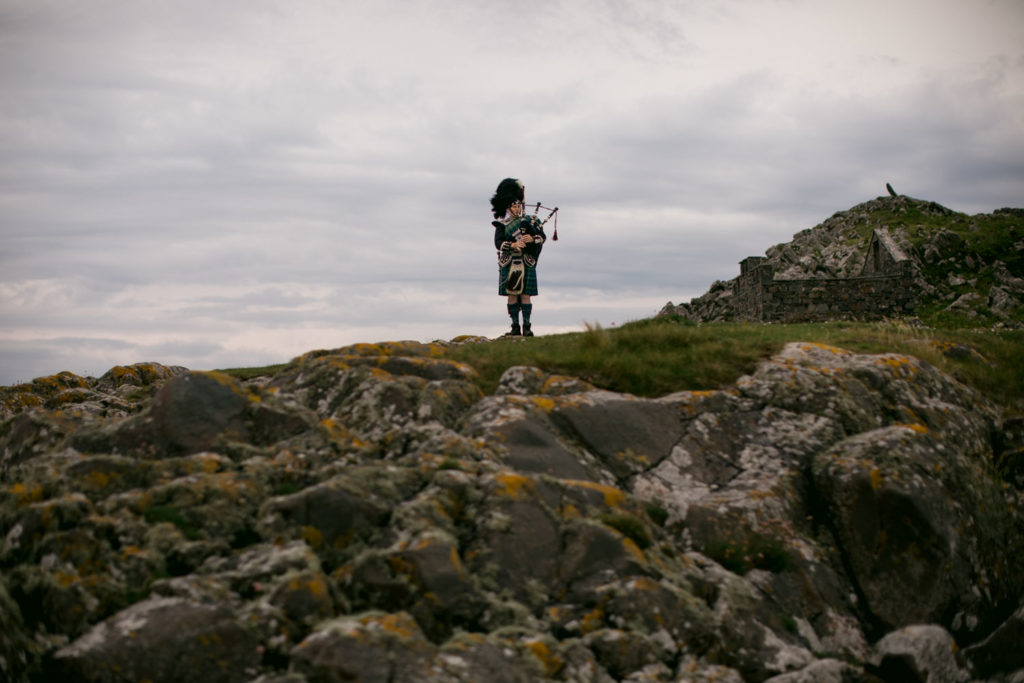
One Response
I am writing a historical fiction novel which is set in two different time periods: 16th century Scotland, suring the time of Mary Stuart, and 20th century America. There is a wedding scene in Scotland between a knight and a peasant woman: Odd perhaps, but it works for the story line. Perhaps you have more information or could possibly direct me to where I could research this particular time period, specifically to wedding customs in addition to what I have already read in your article.
Thank you,
Dan